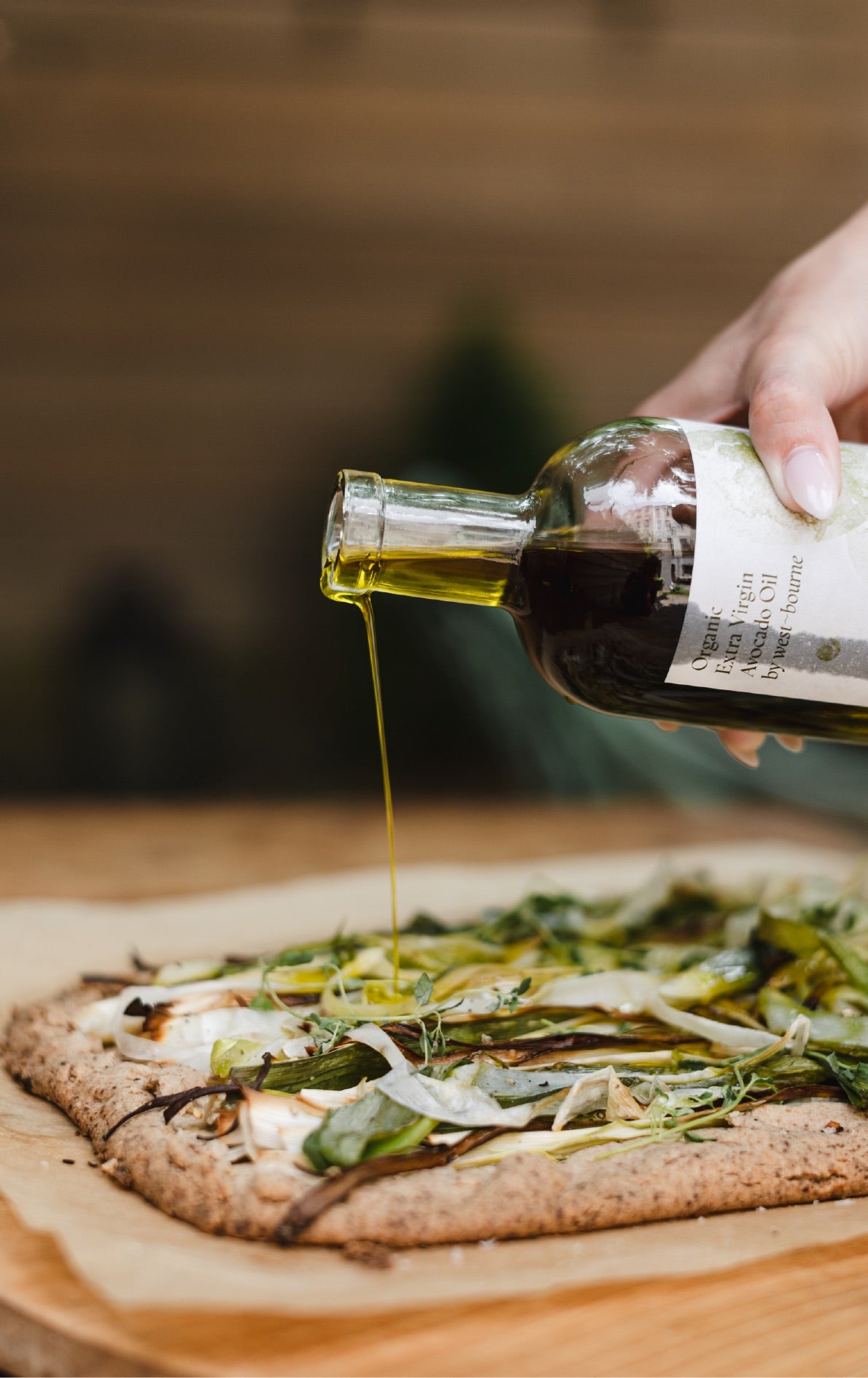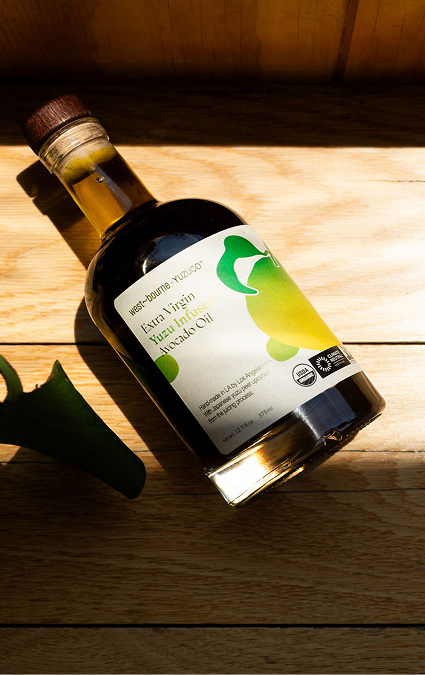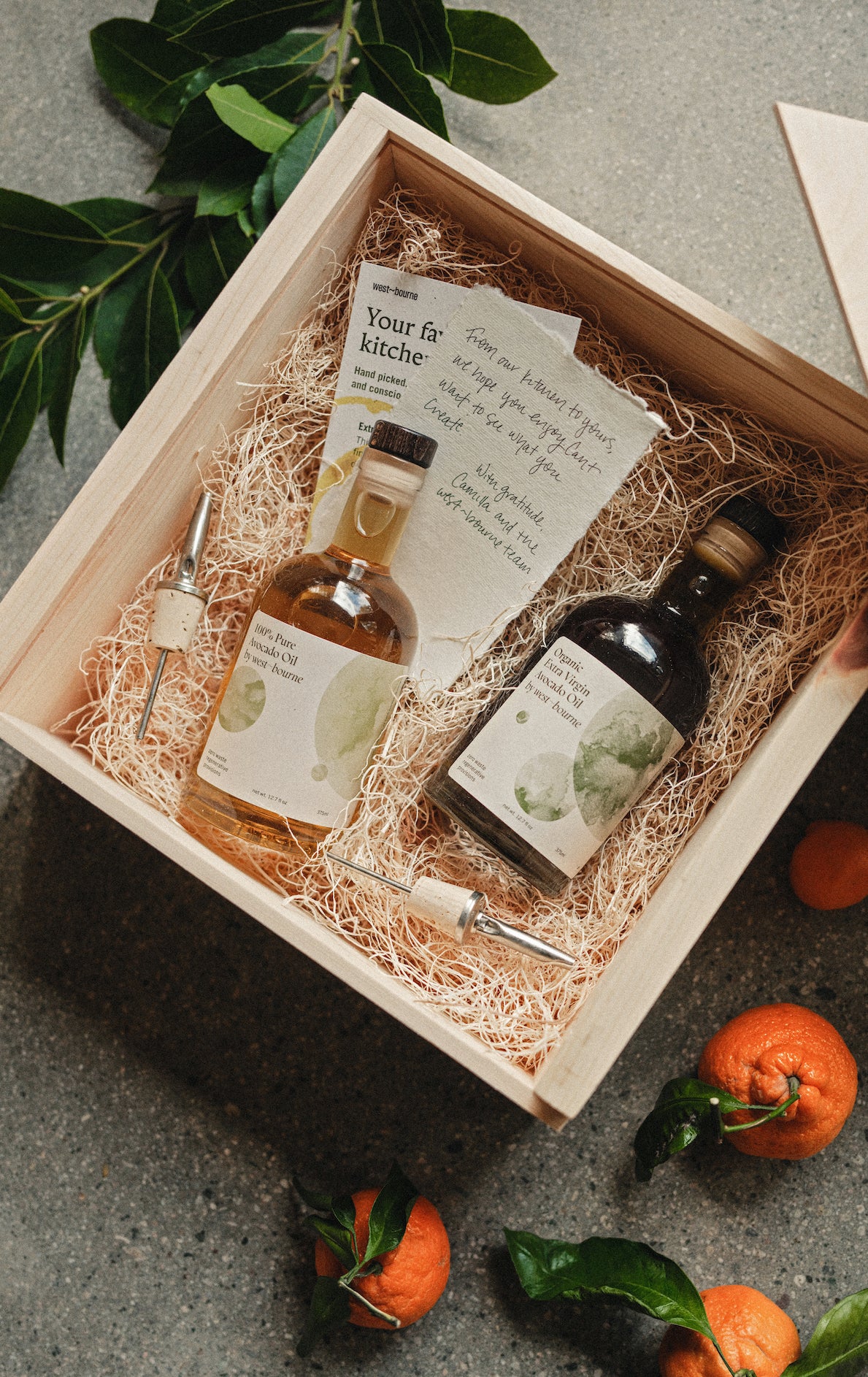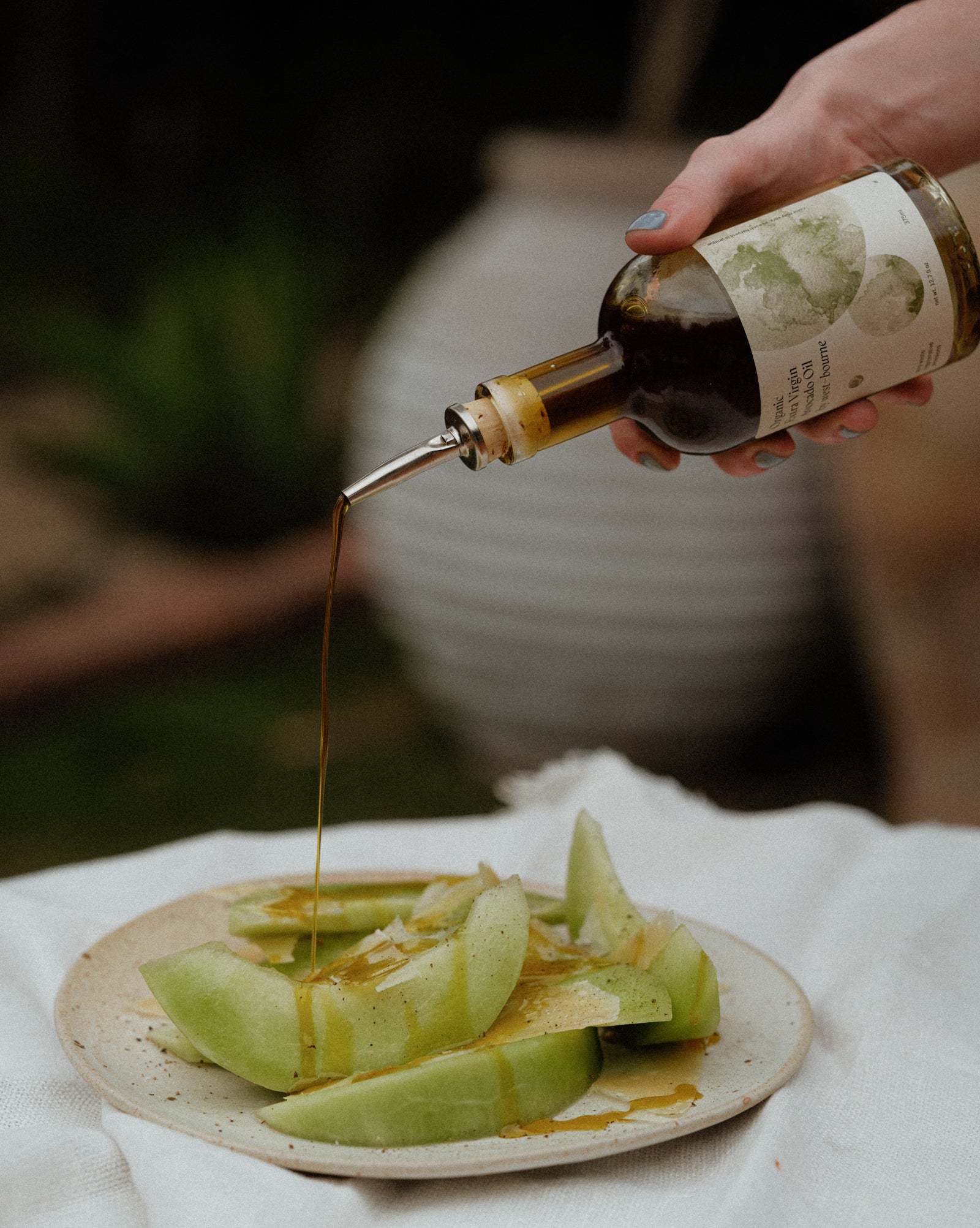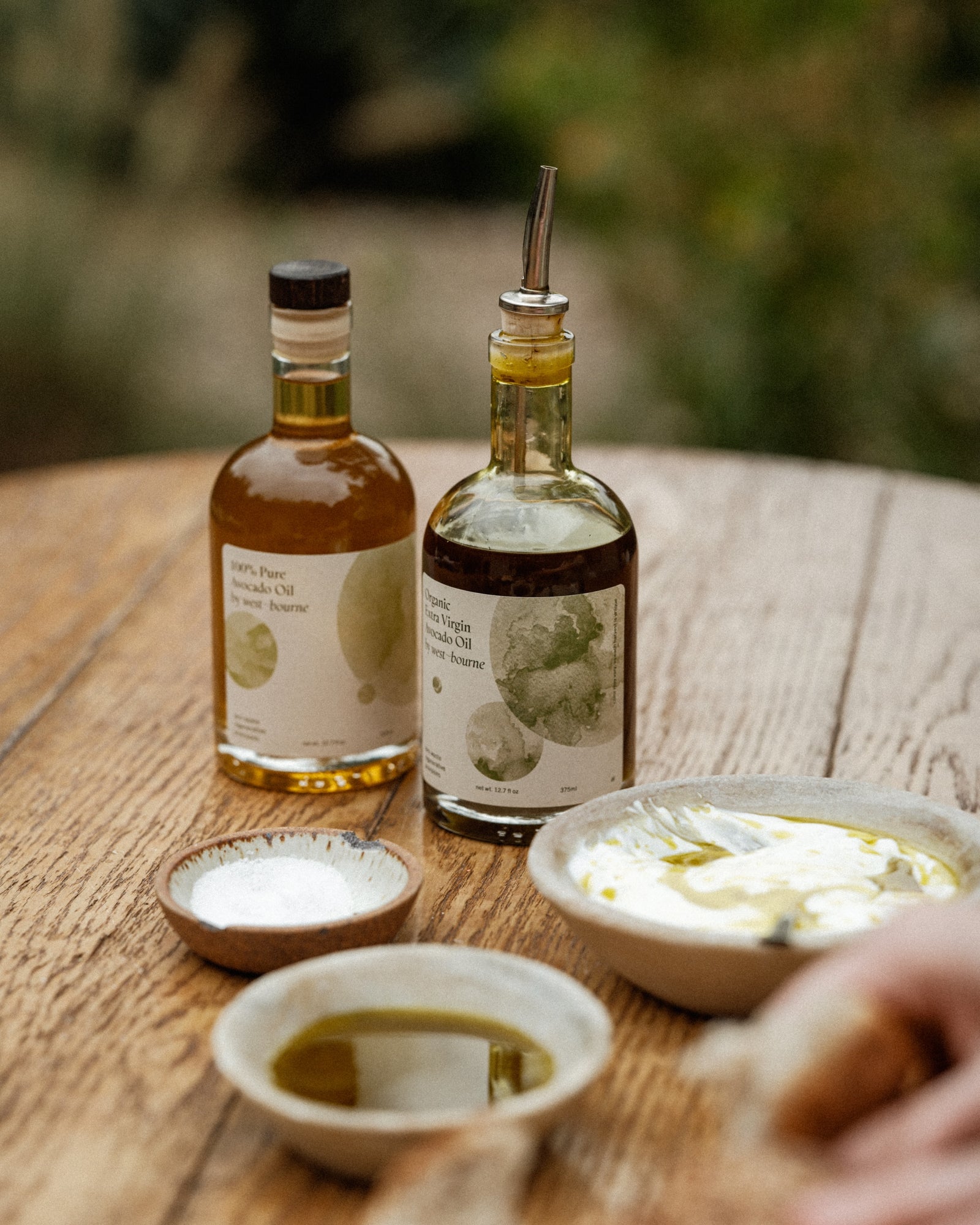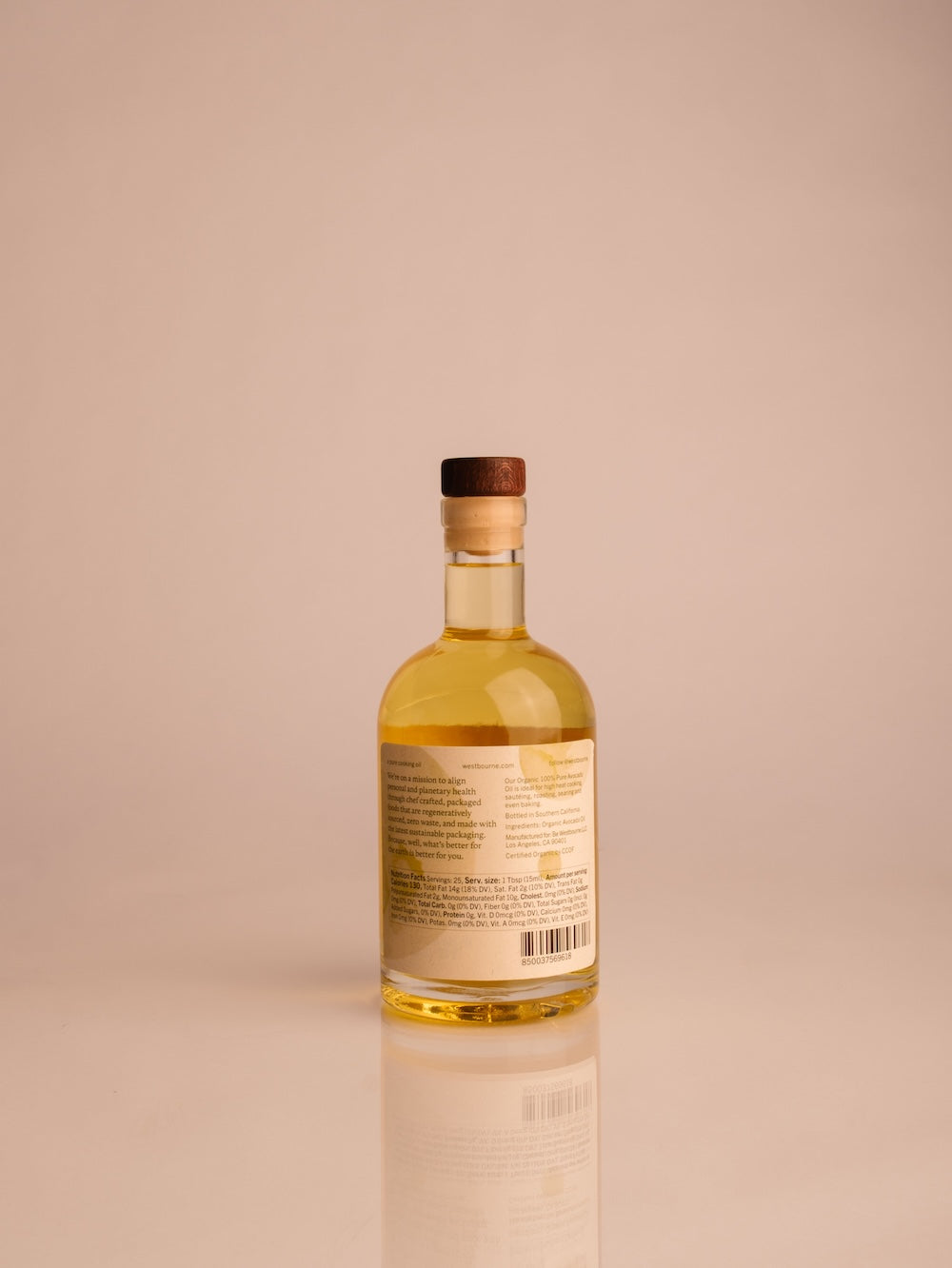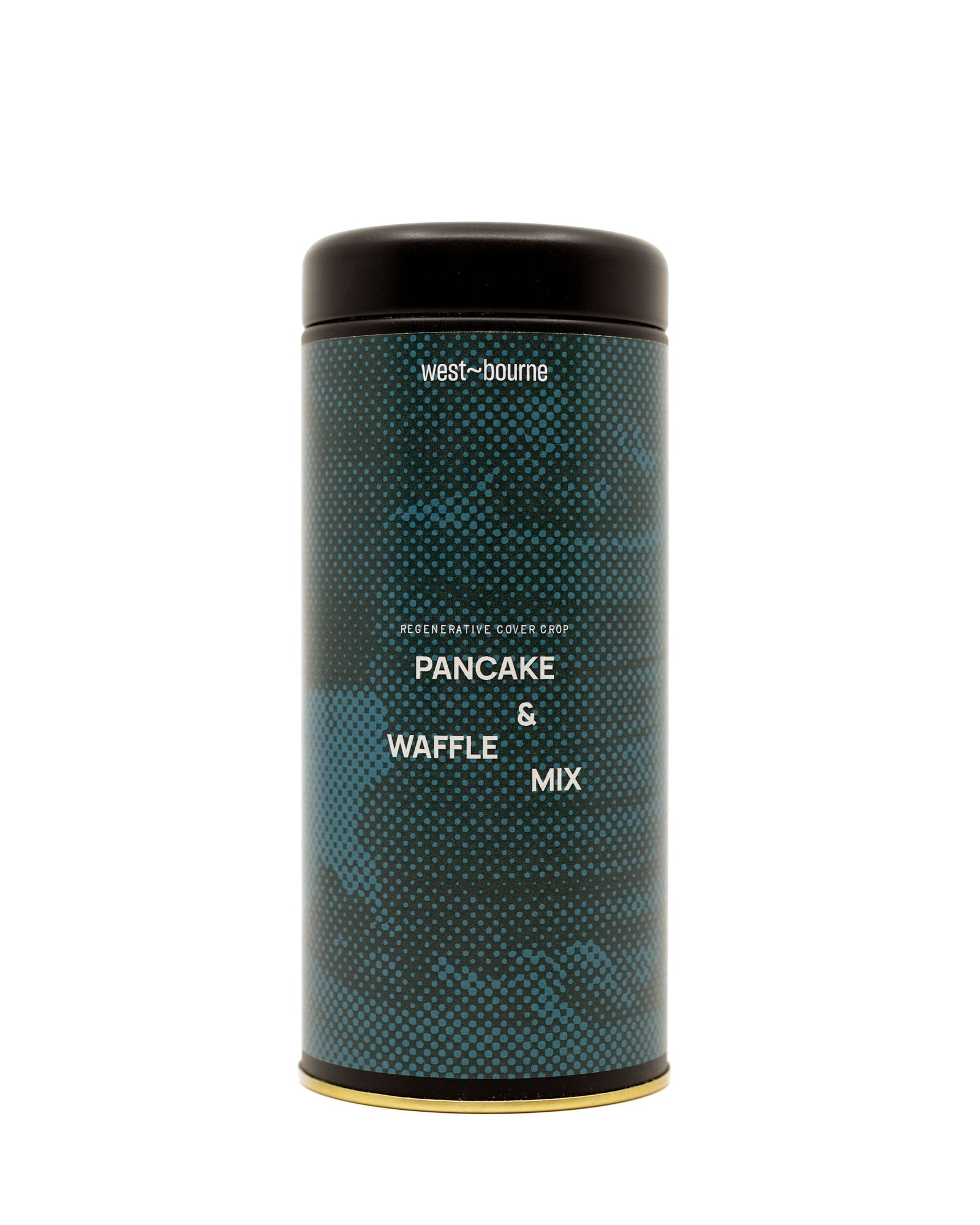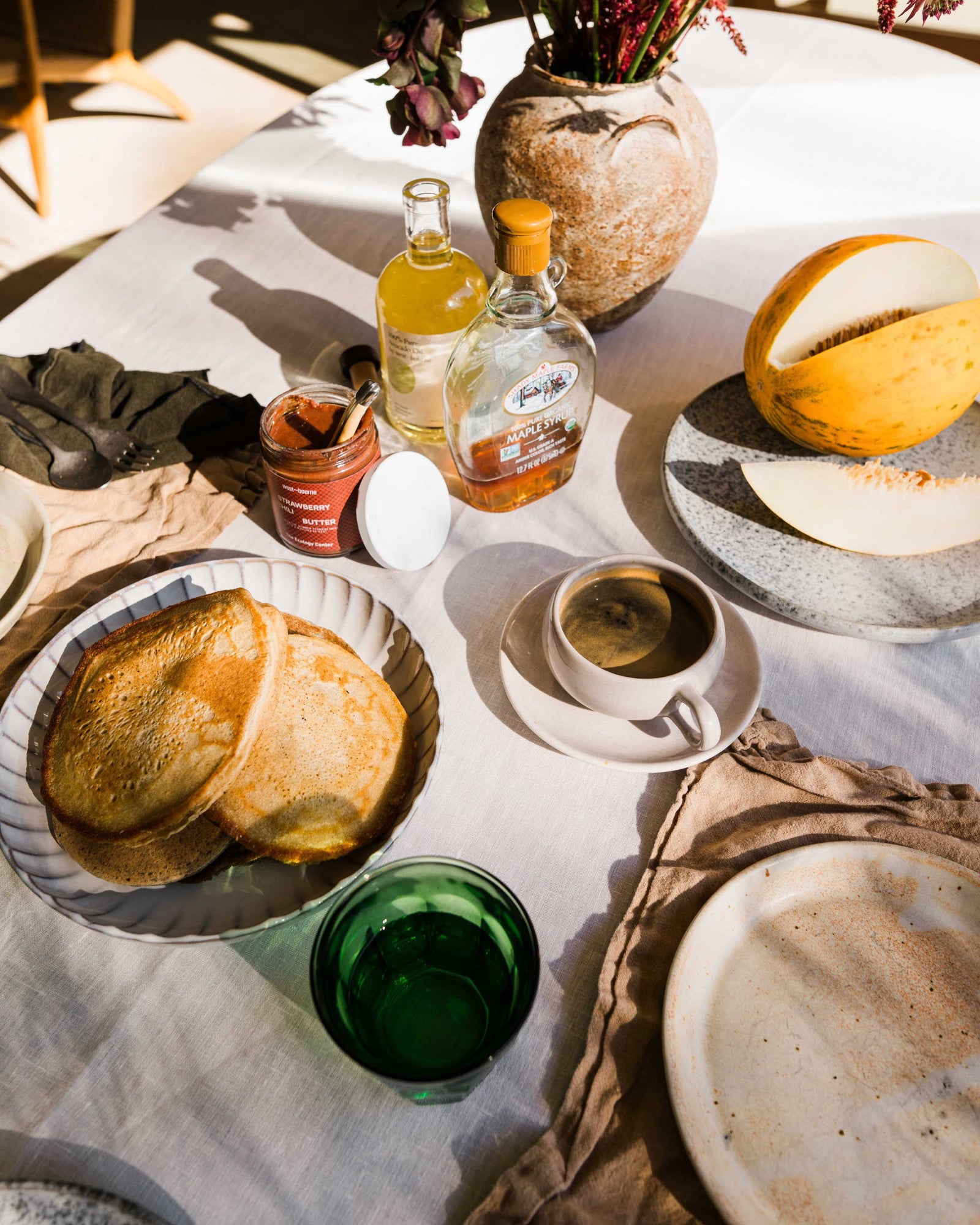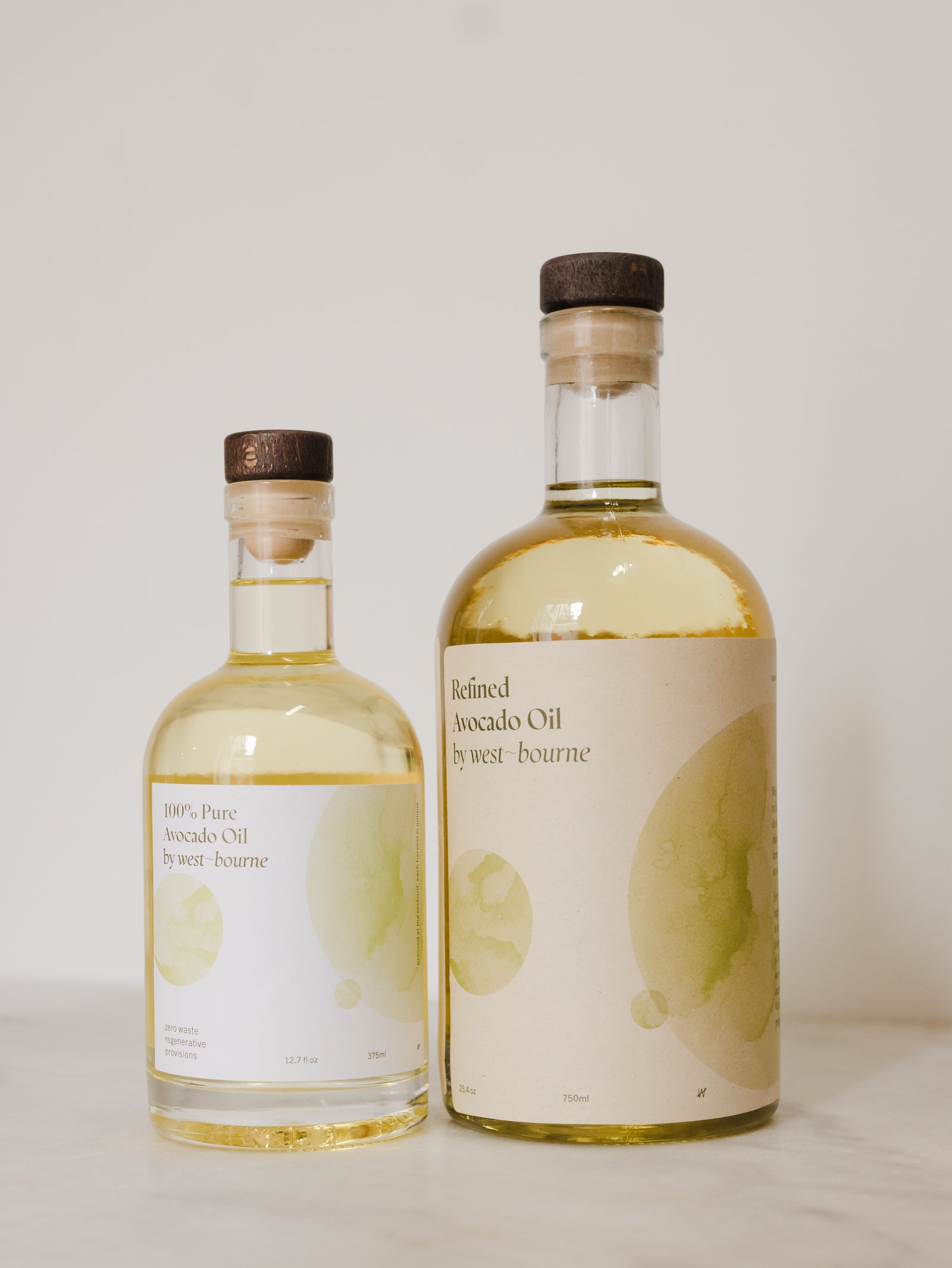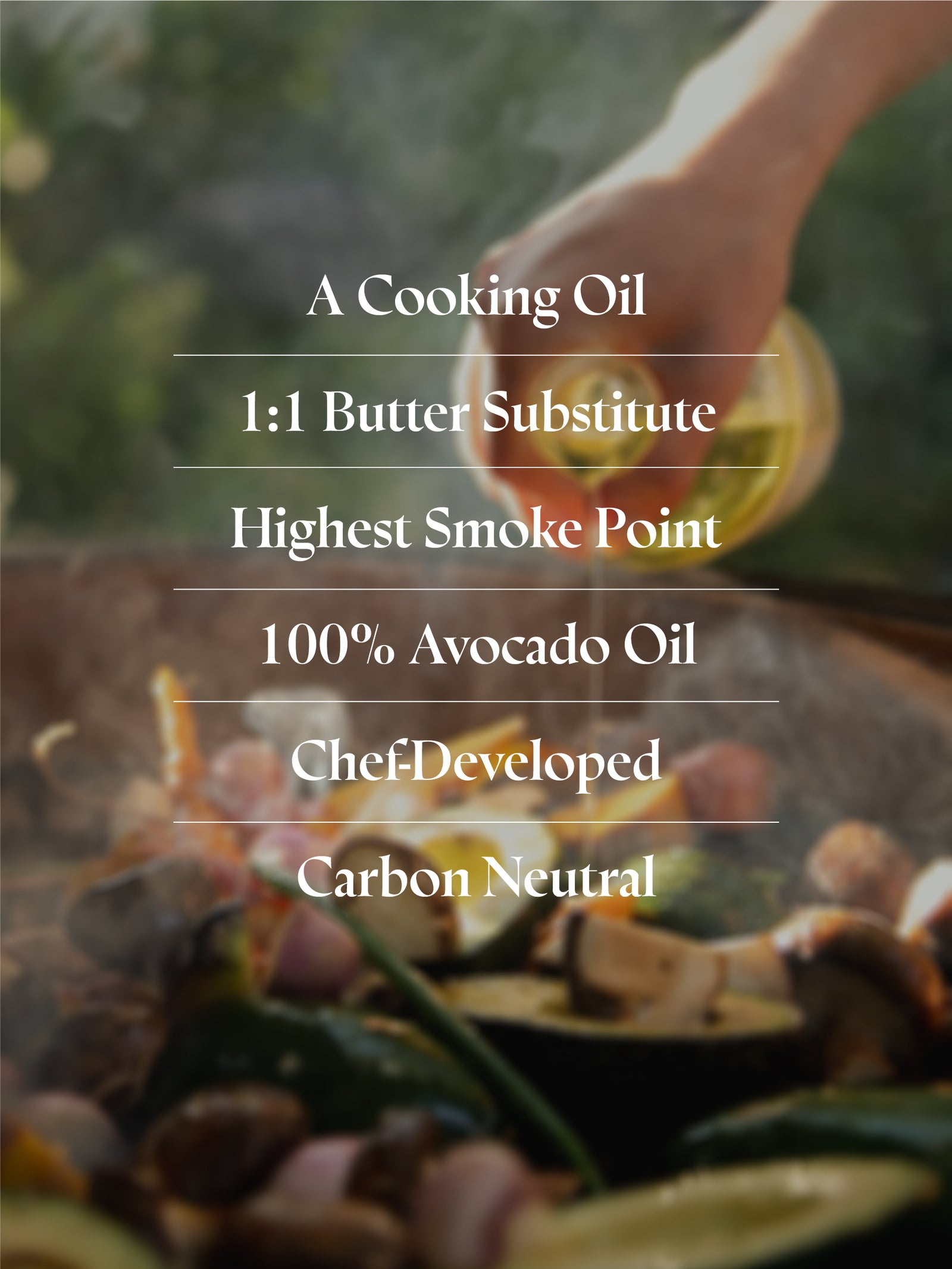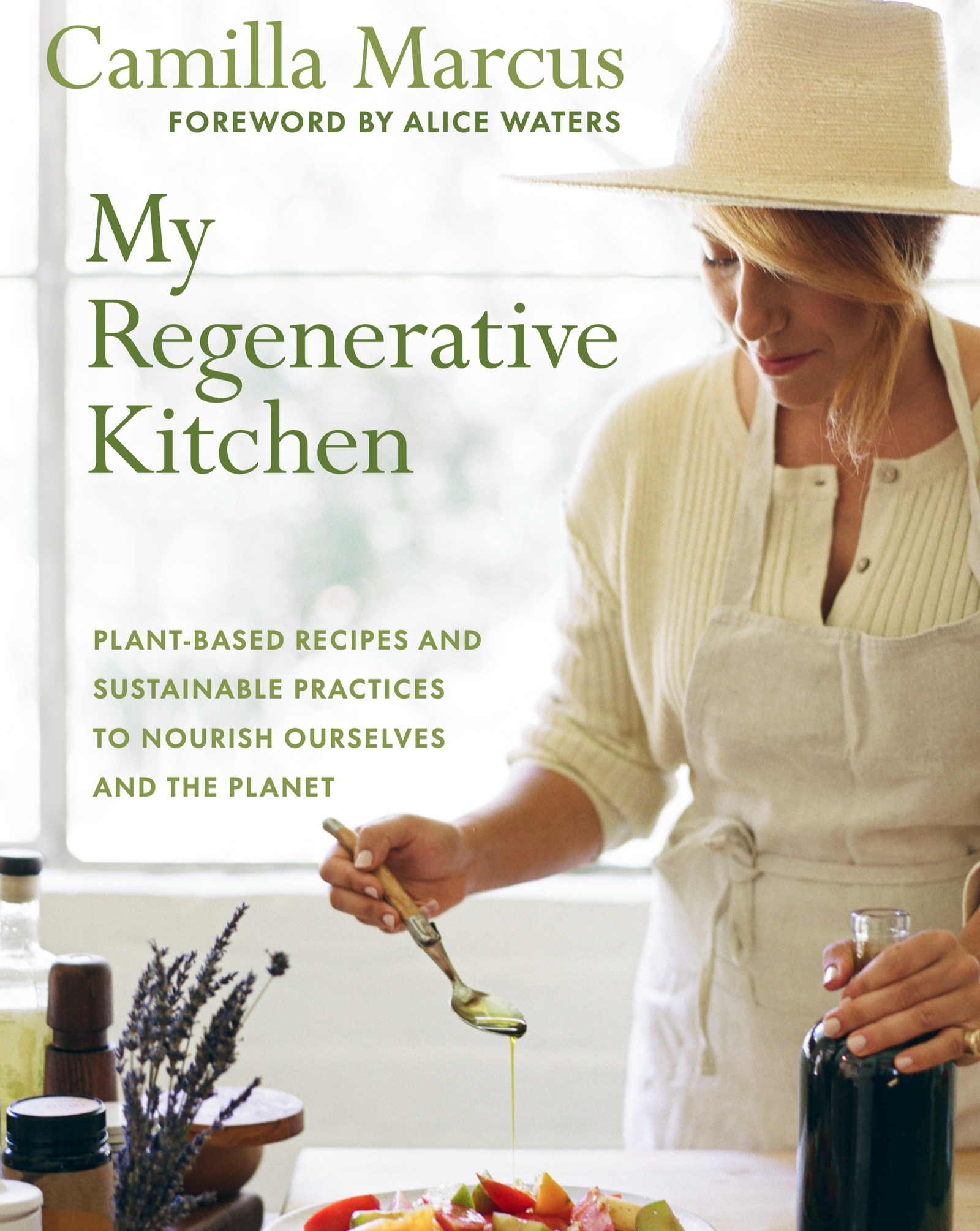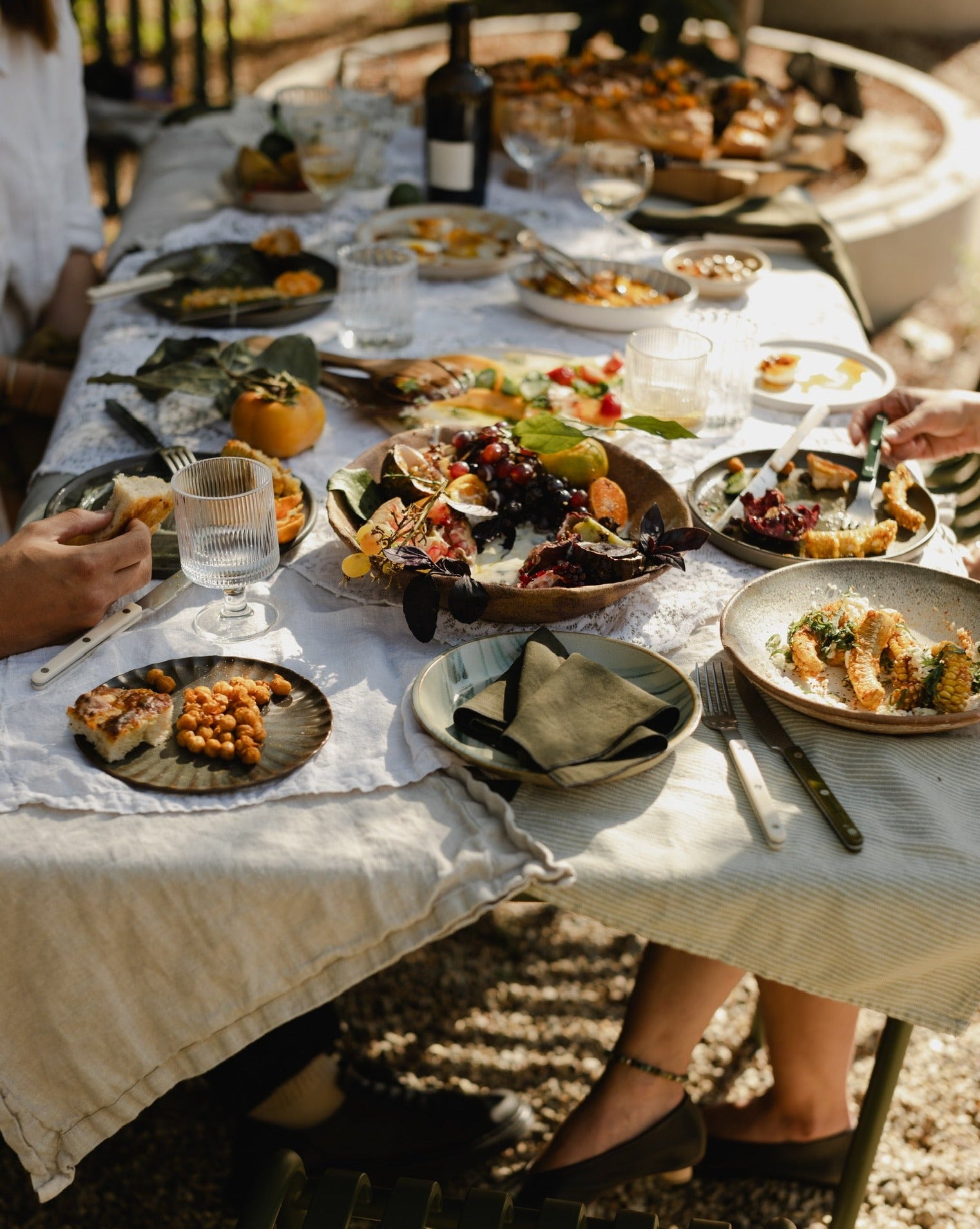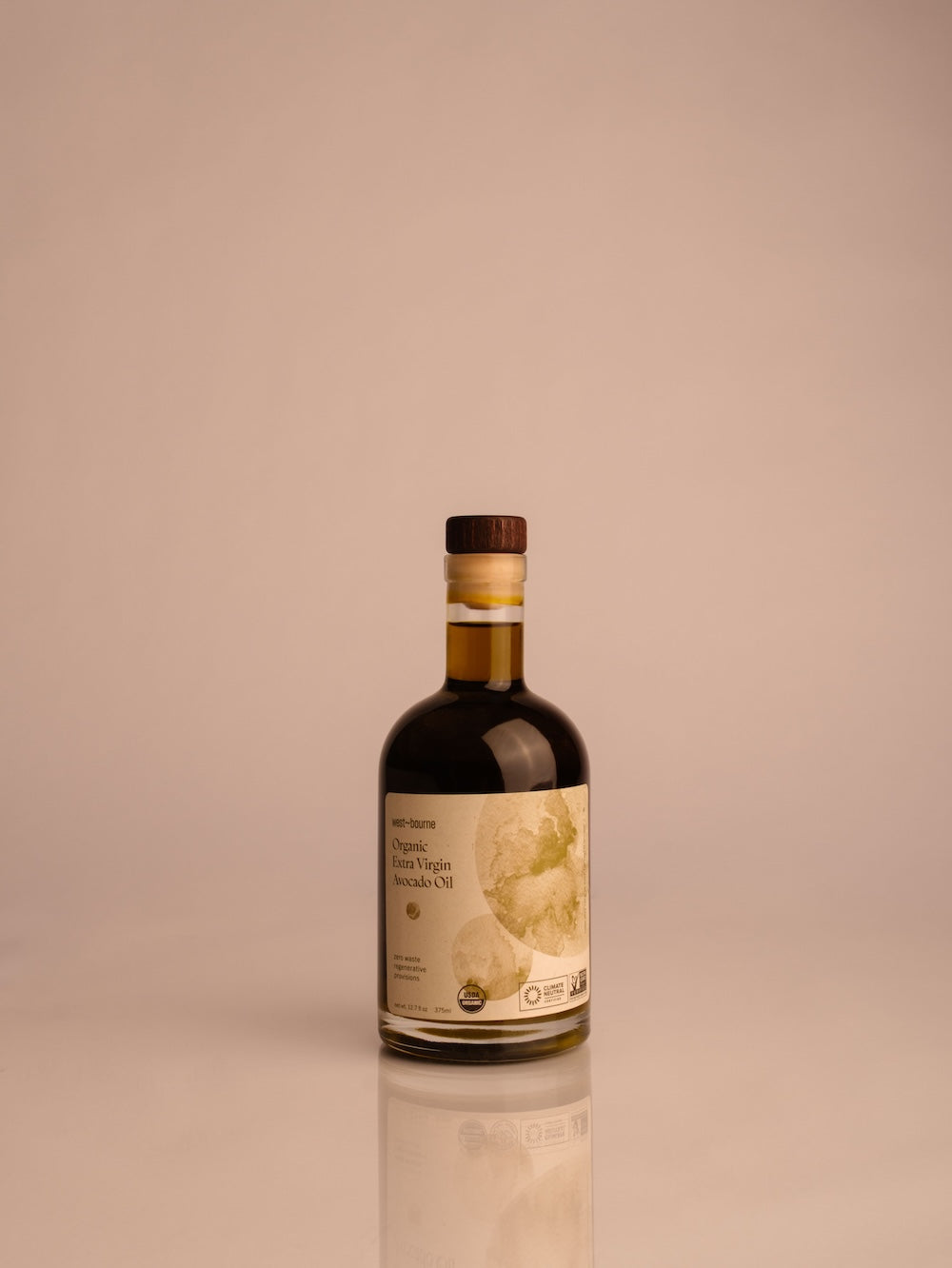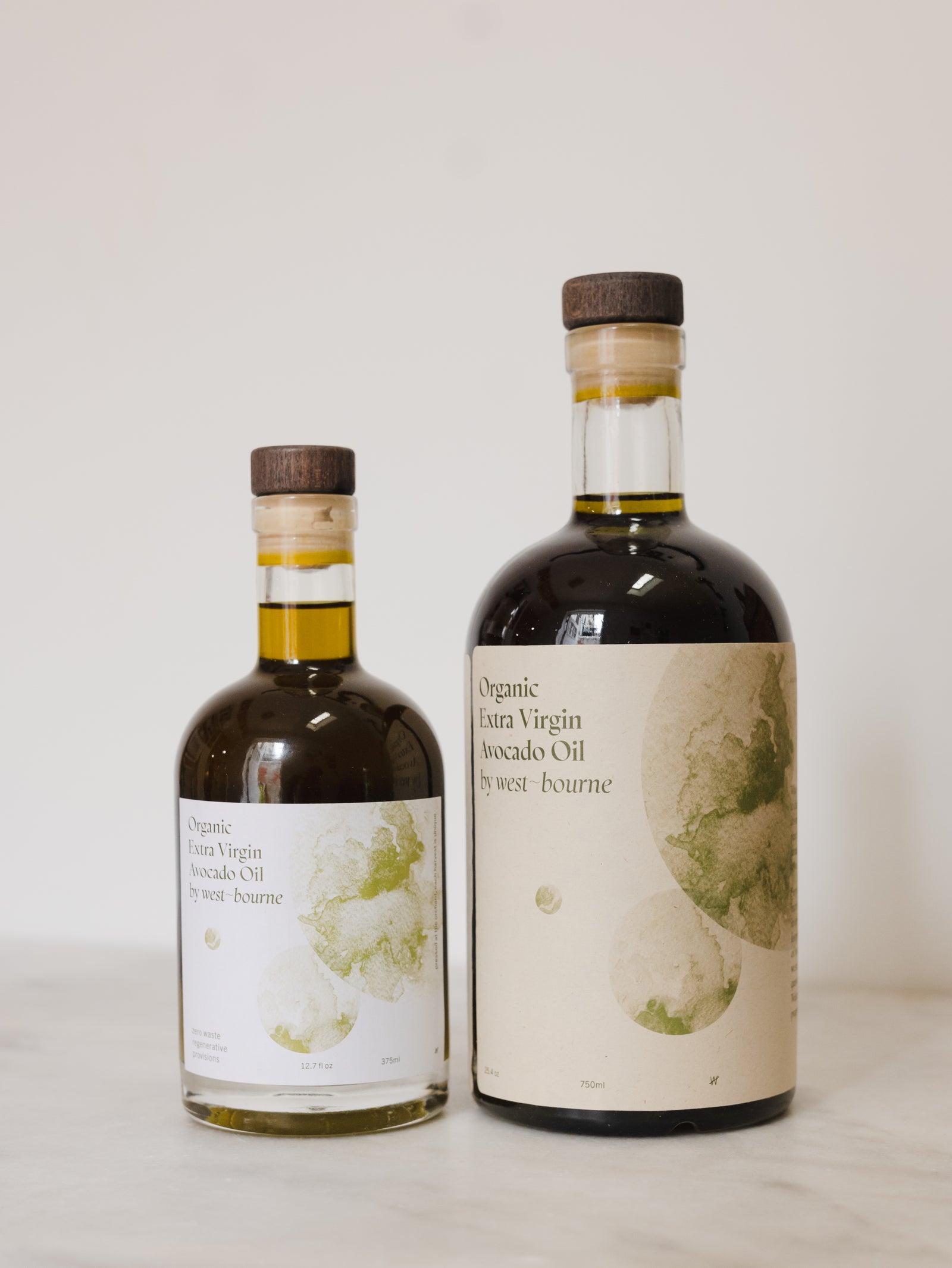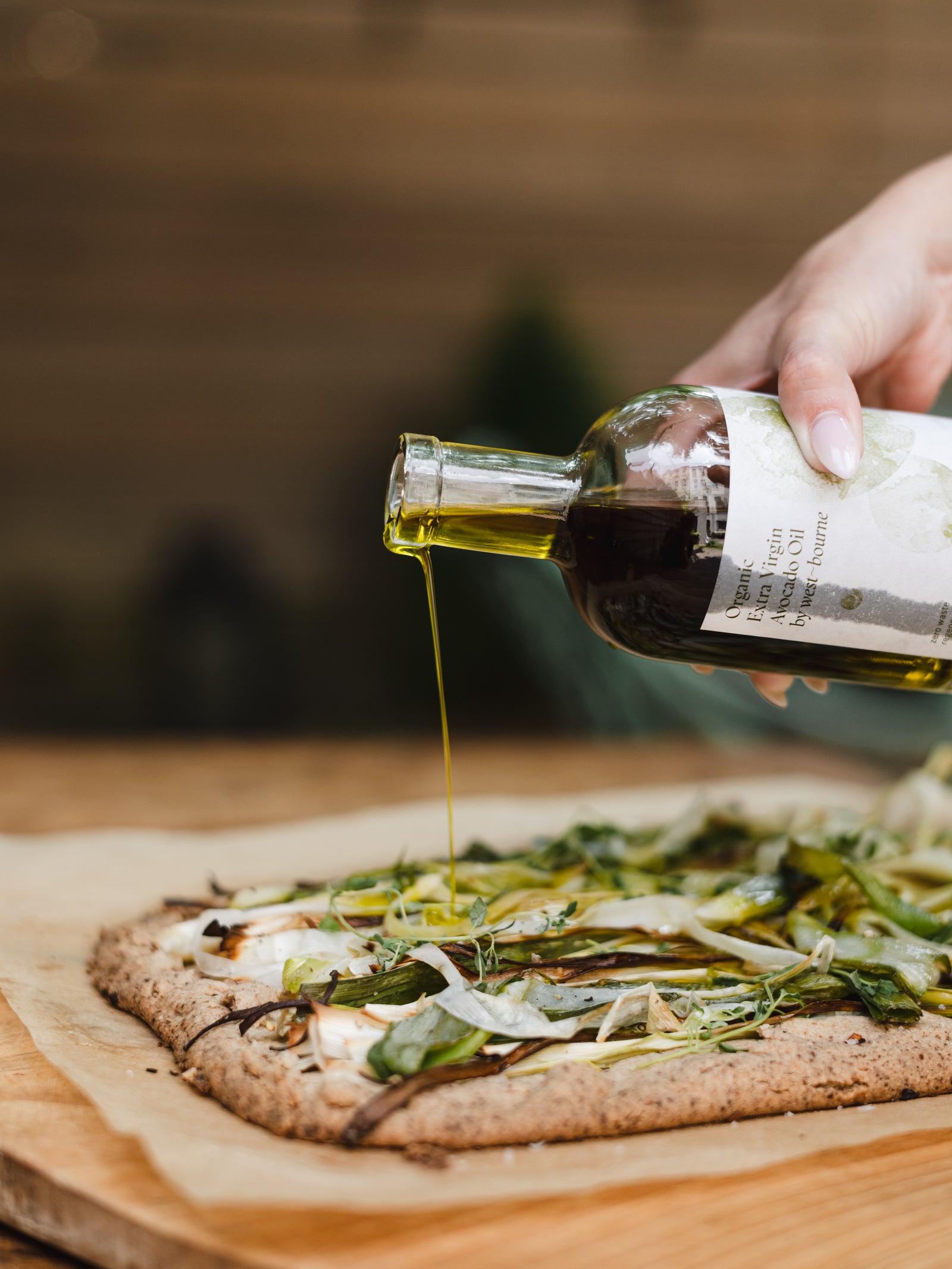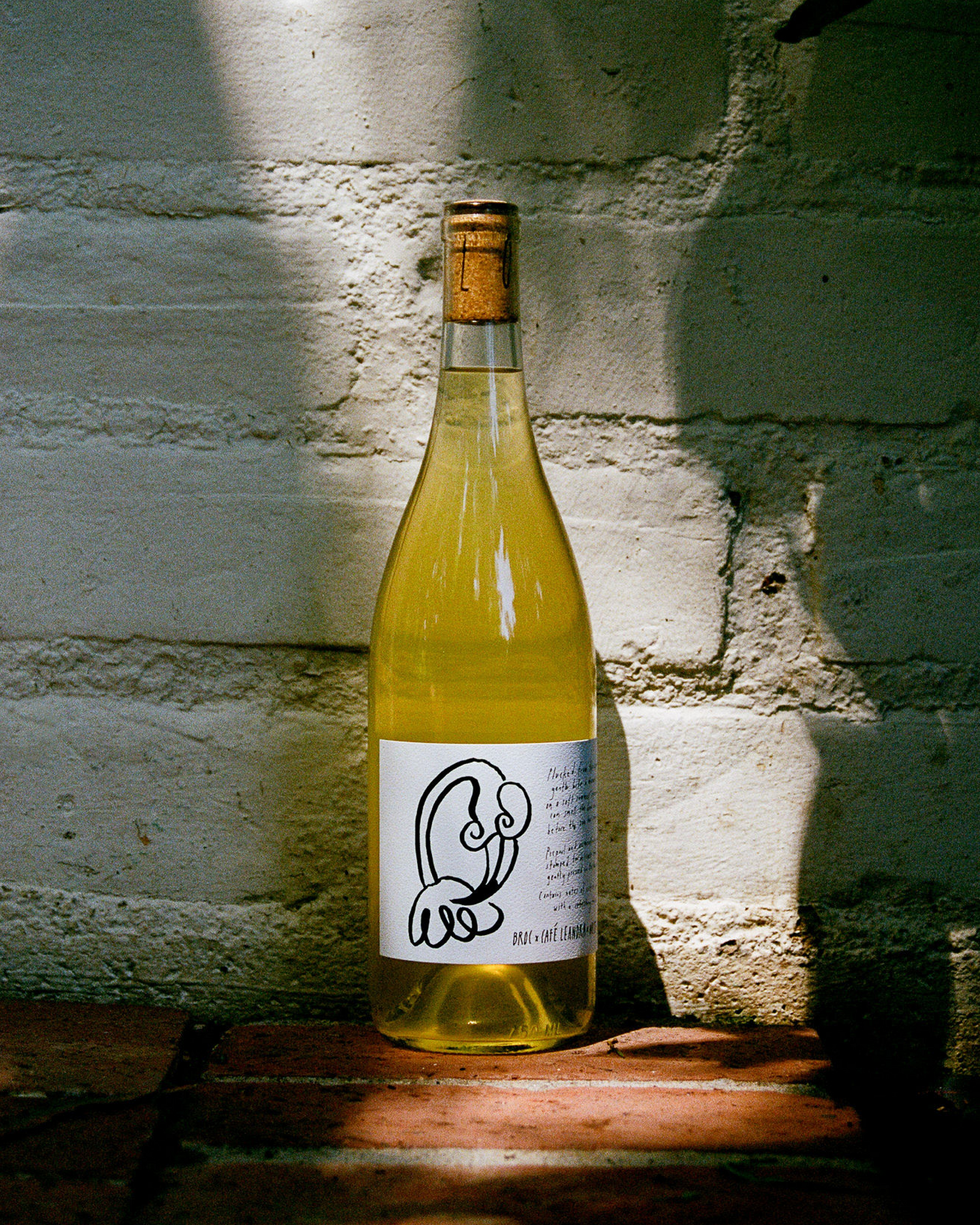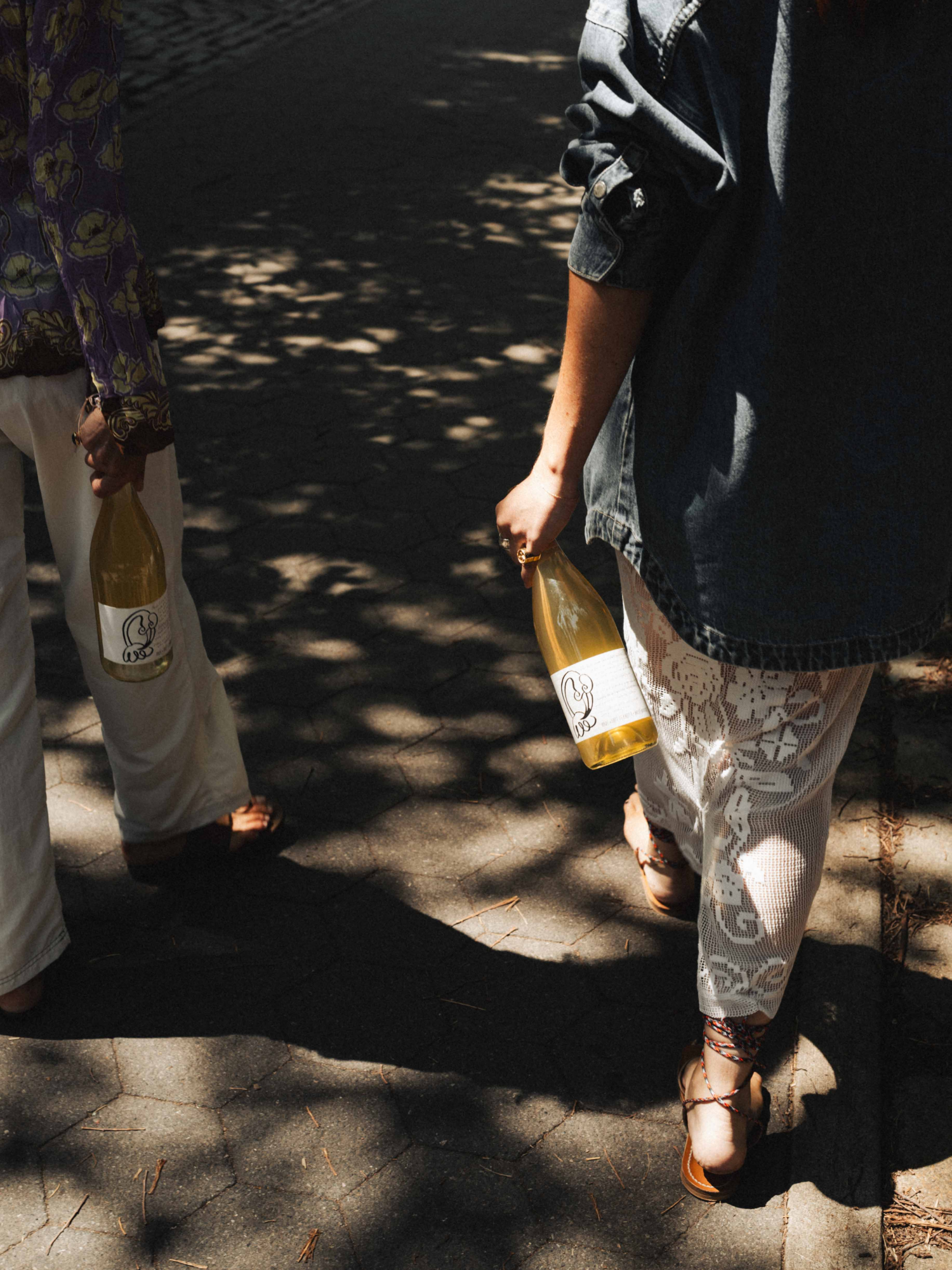How to Compost at Home
Help fight climate change in just a few steps
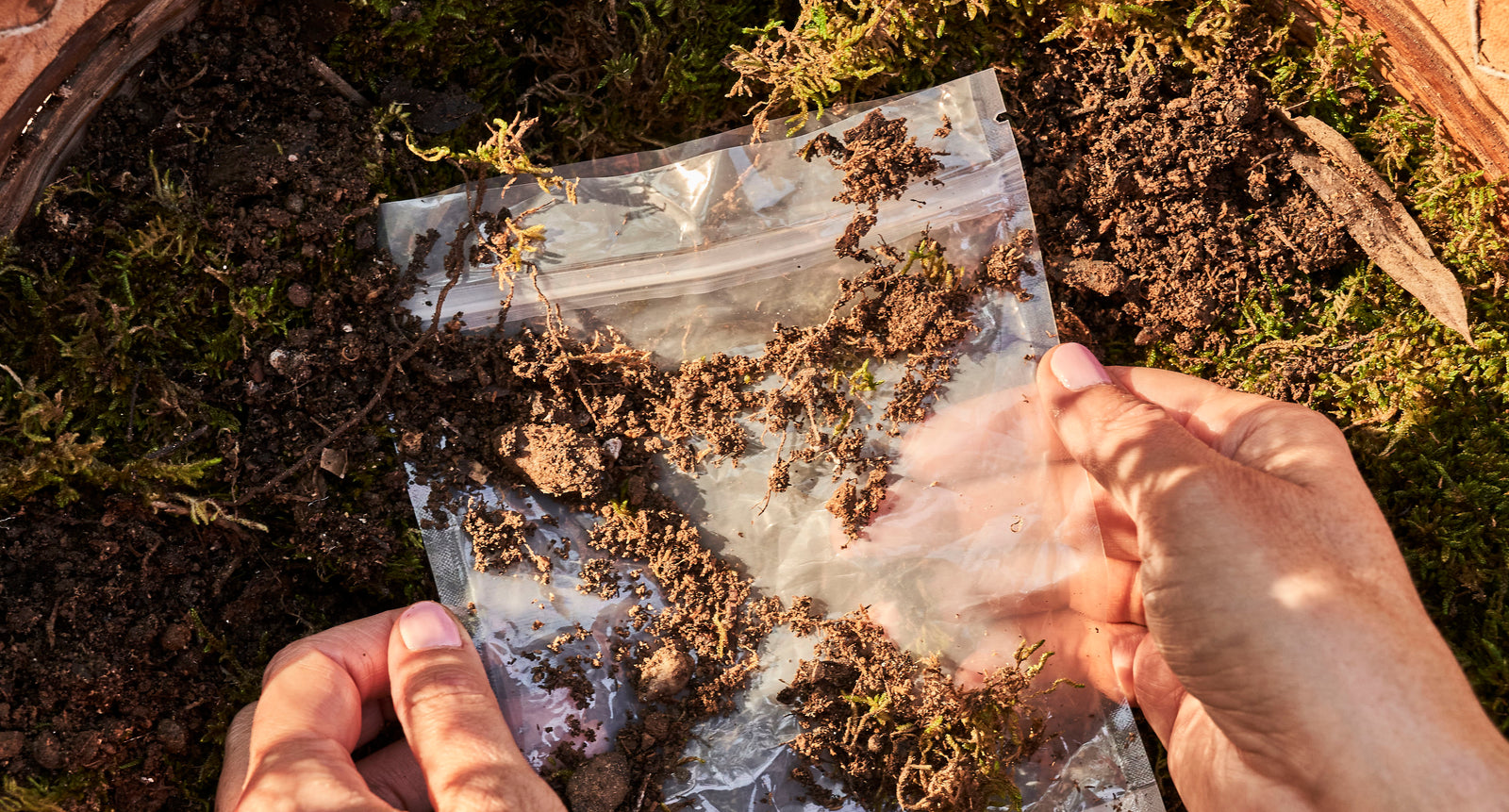
Why Compost at Home?
Did you know food consumption accounts for ¼ of all greenhouse gas emissions – making it one of the largest contributors to climate change? Billions of tons of fruits, vegetables, meat, seafood, grains, and dairy either never leave the farm, spoils before it’s purchased, or are thrown away in various environments, from grocery stores to our home kitchens. The good news is, we can do something about it—through composting.
Think of composting as nature’s way of recycling (and regenerating) itself—it’s a powerful step we can each take to reduce our trash, recycle nutrients, and build healthy soil. Because better for the planet is better for you.
Start Composting at Home
Simply put: keeping food out of landfills can help us fight climate change.
Whether you live in an apartment in the city or have a backyard in the countryside, there are different methods of composting that you can start any time of the year. Where you live, how much and what kind of organic waste you produce, and how much time you can spend composting all play a role.


How to Compost:
Anything that comes from the ground can be composted at home—so start by selecting your food scraps like fruits and vegetables, tea bags, coffee grounds, and eggshells (and be wary of meat and dairy products at-home because they can attract animals and insects.)
Organisms that decompose organic waste need four elements to thrive: nitrogen, carbon, air, and water, and the ingredients for composing should include a proper balance of all of them:
Greens: Food scraps, like fruits and vegetables (skins and peels, too), coffee grounds, and grass clippings. These nitrogen-rich materials heat up the pile and help with decomposition.
Browns: Think dry leaves, egg cartons, dried leaves, and twigs—carbon-rich materials that act as a food source for the microorganisms, keeping them alive while they break down waste.
Water: Moisture is essential for composting. If your compost is too dry, the organic materials won’t break down and conversely, if it’s too wet, it will grow bad bacteria and can cause a bad odor.
Air: Oxygen helps the microorganisms to break down organic materials—optimal airflow can be achieved by layering materials.
Instructions:
-
Store your food scraps: Collect a combination of wet green materials and dry brown materials to use as a deliberate part of your layering process. You can store these in a closed container under your sink or in your freezer.Identify your compost location: Choose a shady space in your yard and/or in your home to build your compost.
-
Build your compost pile: Start your pile with your browns, such as twigs or wood chips, to absorb extra liquids, then add your brown and green materials in alternate layers. Aim to keep the layers to 1-2 inches and three parts brown to one more green.
-
Maintain your compost: Your combined materials should have the consistency of a wrung-out sponge, but be careful not to get it too wet—to do so, add enough browns and turn your pile every seven to ten days. Monitor your moisture, odor, and temperature, and make adjustments as necessary.
-
Enjoy the finished product: Your compact is ready when it’s dark brown—when you’ve got your earthy compost, you can use it to plant on a windowsill or your garden.
Regenerate with west~bourne x Windrose Farm
Ready to get growing? We partnered with Windrose Farm to include a wildflower disc included in all west~bourne orders—join our regenerative mission by using your home compost to plant new seeds. Follow these simple steps to get started:
Step 1: Enjoy your regeneratively sourced provisions
Step 2: Place the empty pouch into your home compost bin
Step 3: Place your wildflower disc in your garden or a pot. Ensure the soil is patted down and the disc is placed no more than ¼ inch deep. (This special blend of seeds – Snapdragon, Petunia, Daisy, Thyme, Poppy, and more – will need about four hours of direct sunlight daily to grow.)
Step 4: Add water daily for 4-6 weeks, and watch your wildflowers grow.
Step 5: Share your gorgeous creations with us on Instagram at west~bourne! (We look forward to seeing your wildflowers in full bloom!)
